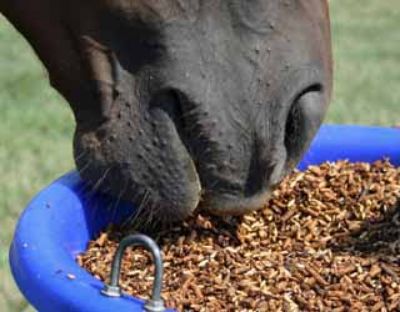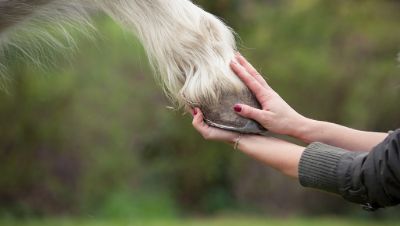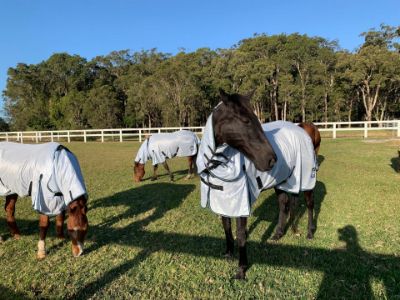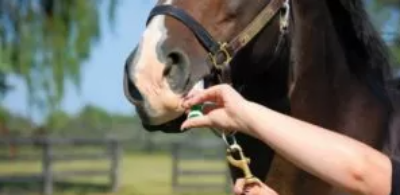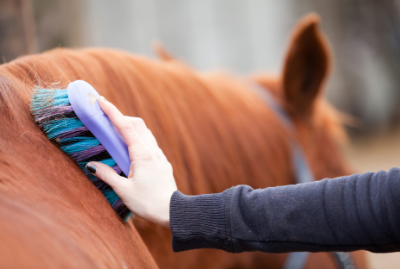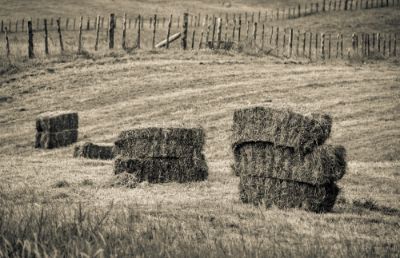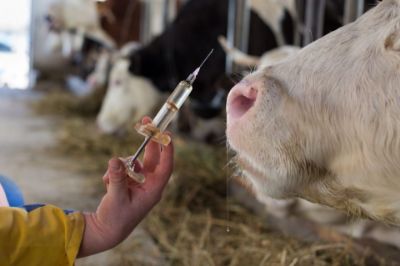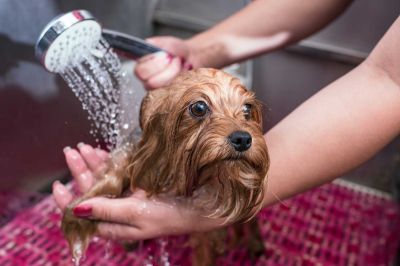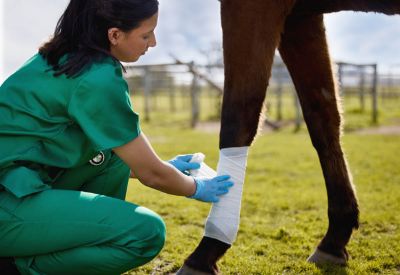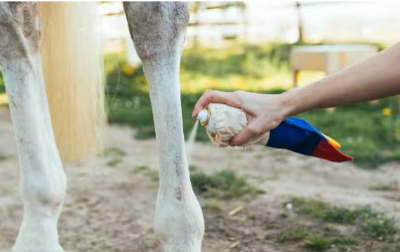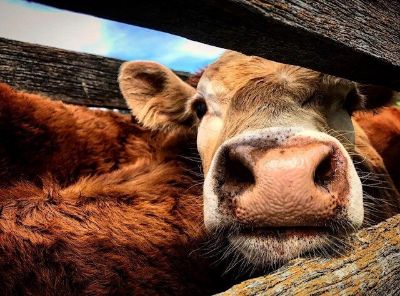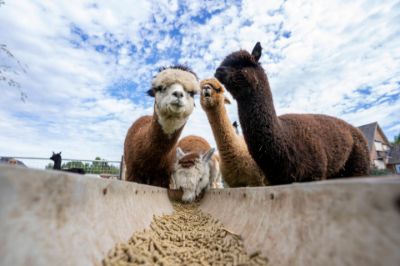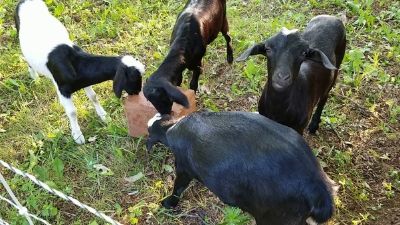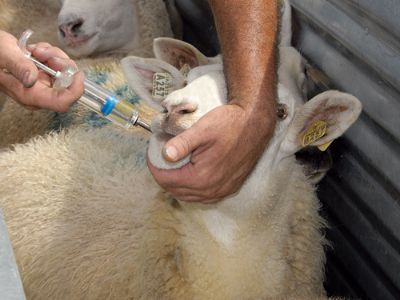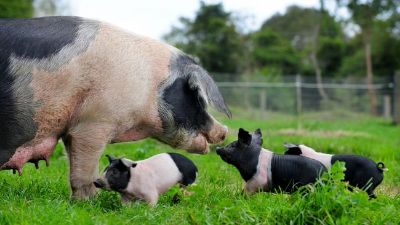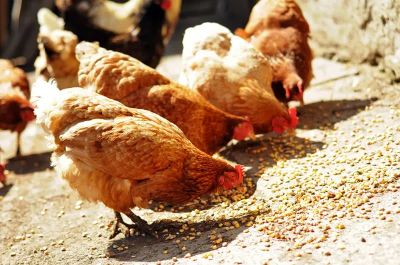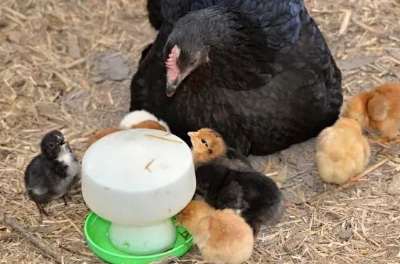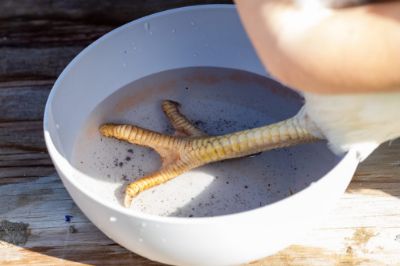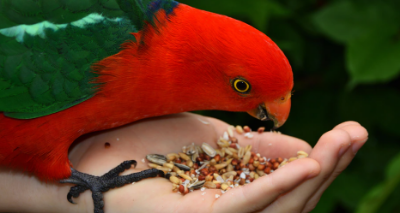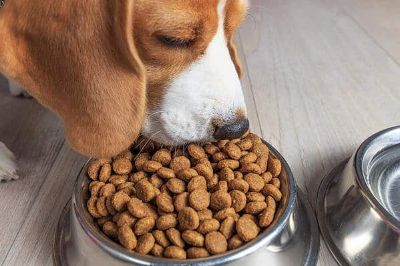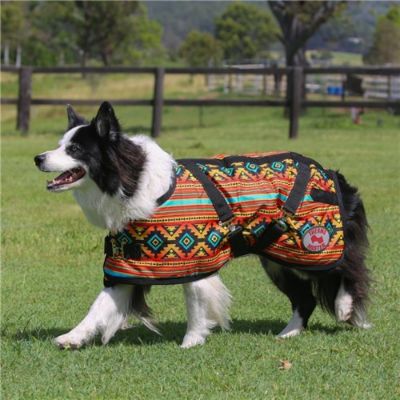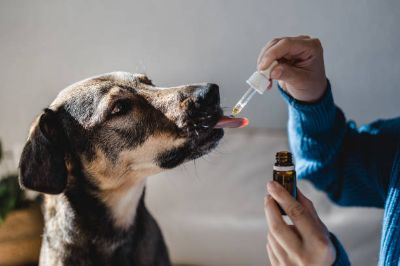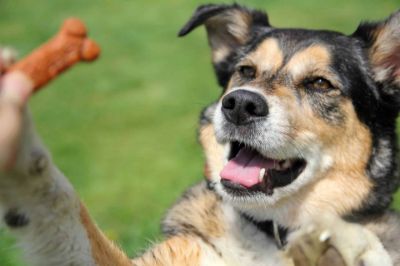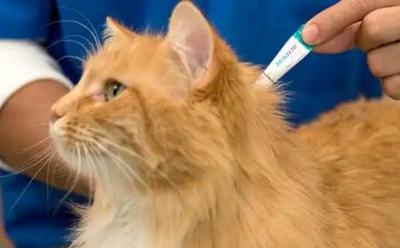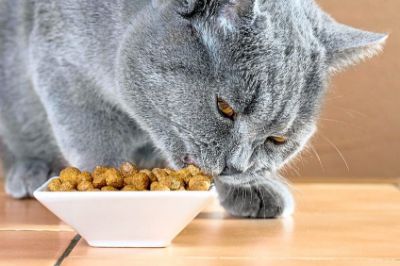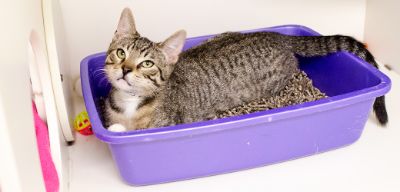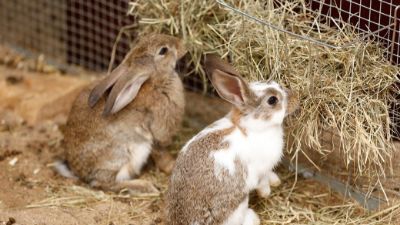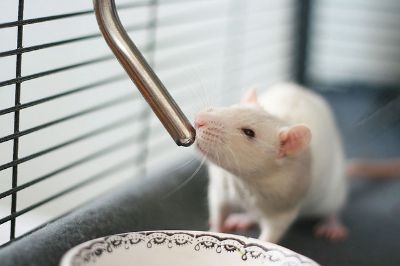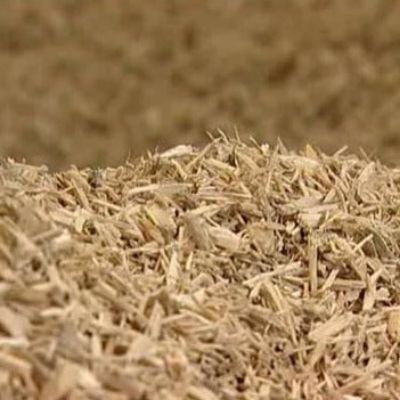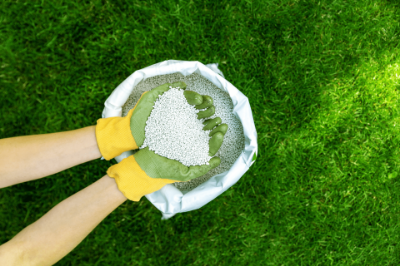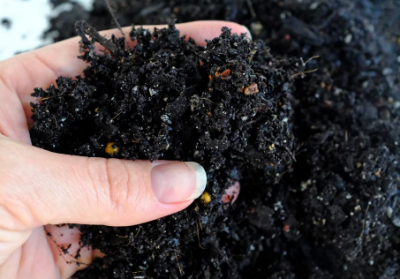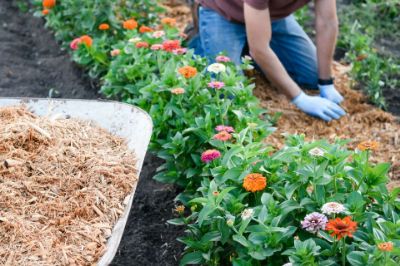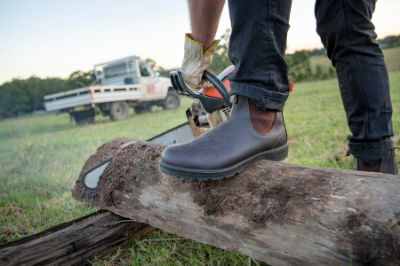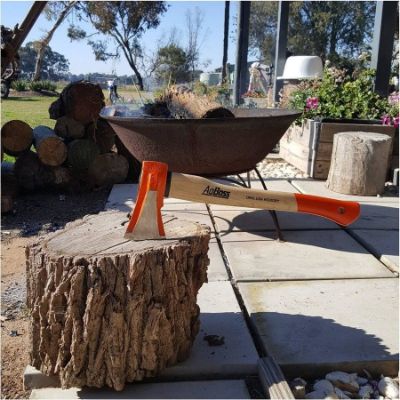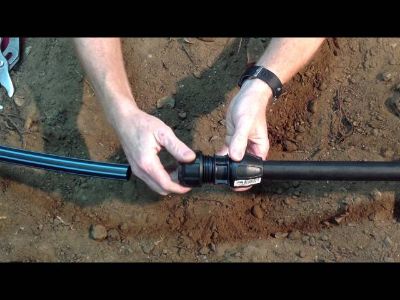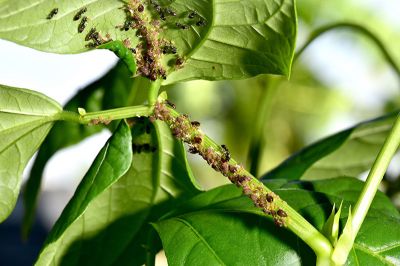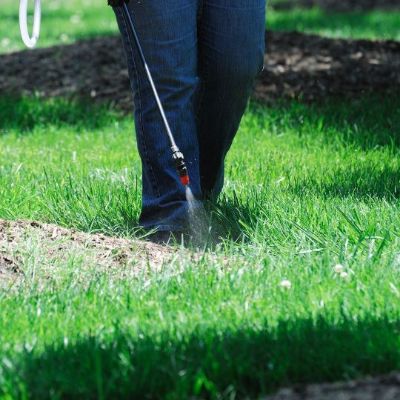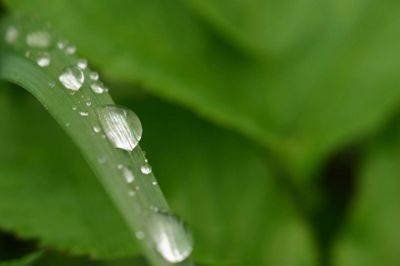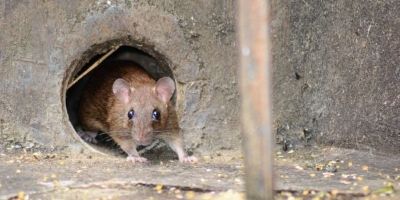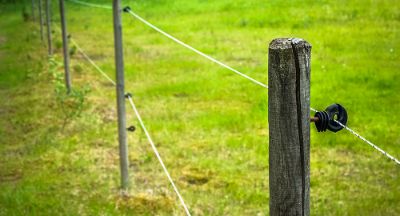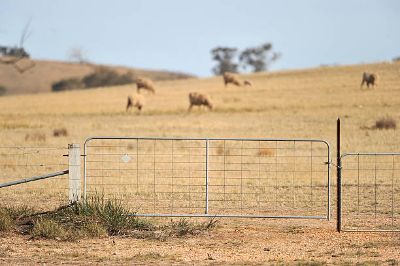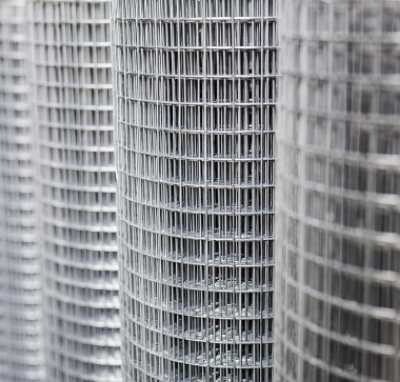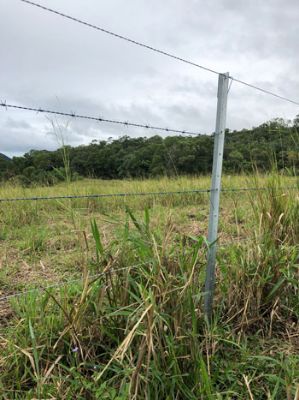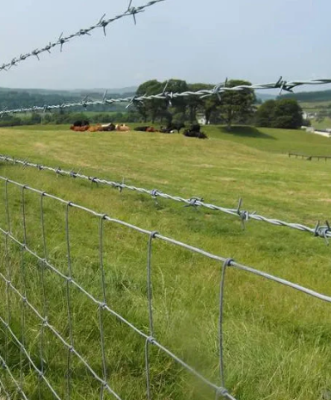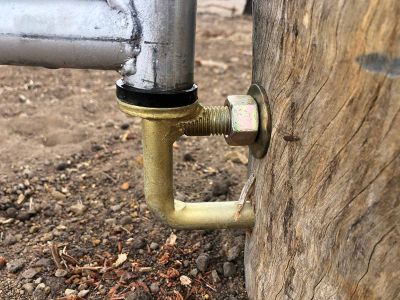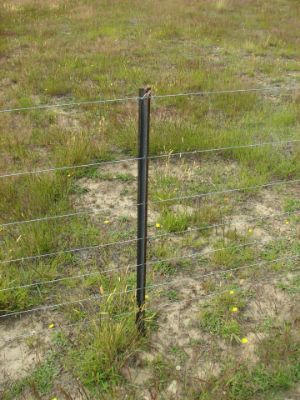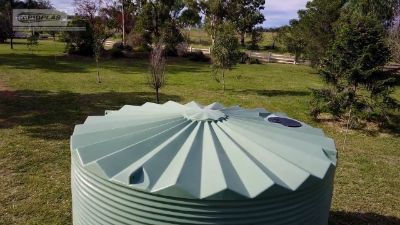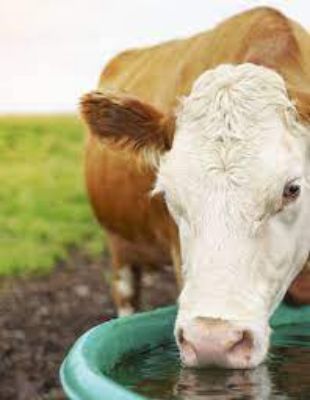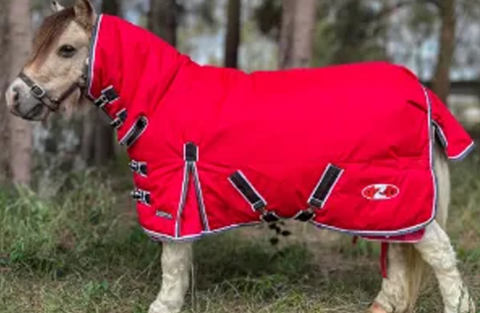
As we move towards winter and despite enjoying warm autumn days, the colder nights and mornings probably have most of us reaching for our body-warmers, fleeces and jackets when we go to see our horses. But, does this mean it’s time to drag out the rugs we stored away last spring? We should not necessarily judge what ‘clothing’ our horses’ need based on how we feel for two very good reasons. The first is, of course, that the horse has a fur coat. The second is that due to its size, the horse does not lose heat as rapidly as we do. This means that at the same temperature, the horse will actually feel warmer than we do!
Horses are very adaptable to different climates
Horses are incredibly adaptable when it comes to climate and are found in both, some of the hottest and the coldest places on earth ranging from -40°C to 60°C.
Being warm-blooded, the horse tries to keep its central (core) temperature as close to 38°C as possible. However, in very cold climates the extremities of the body such as the feet may fall as low as 5-10°C or reach as high as 60°C when standing on hot sand.
Warm versus cold blooded!
Cold-blooded animals such as reptiles are hot when their surroundings are hot, and cold when they are cold, and frequently hibernate in Winter.
The horse, like other mammals and birds, is a warm-blooded animal, that is, it tries to keep its central (core) temperature close to 38°C irrespective of what the environmental conditions around it are. This is known as thermoregulation.
The benefit for the horse is it can be active all year round, and its activity does not decrease when it’s cold or hot.
The disadvantage is that it must take in a lot more energy to generate the heat to keep the body at the optimal temperature and it must use energy to cool itself down when the weather is hot. The fuel to heat the body comes from the energy stored in the food the horse eats. The heat is generated by the breakdown of the foods either inside the cells of the body or by fermentation of fibre within the hindgut.
What determines how cold a horse feels?
In simple terms, the horse will feel cold or hot when the air temperature falls below 0°C (the lower critical temperature) or rises above 25°C (the upper critical temperature) – this is known as the horse’s thermoneutral zone.
Within this temperature range, it’s easy for the horse to control its body temperature by simply opening and closing blood vessels in the skin to lose or retain heat ‘carried’ in the blood.
Outside these temperatures, the horse must use other means to keep warm or cool.
At temperatures above 25°C, the horse may increase its heart rate to circulate more blood to the skin, more blood vessels in the skin may open, the horse may also start to increase its respiratory rate and it may start to sweat. In addition, the horse may also change its behaviour, for example seeking shade or walking into the water.
When the temperature drops below 0°C, the horse needs to keep heat in. It may do this by increasing its metabolic rate (effectively turning up its central heating and using more fuel), seeking shelter from wind and or rain, letting its limbs drop to a lower temperature by reducing how much blood flows through them and, if it gets really cold, by shivering.
Nevertheless, the temperature range changes between summer and winter, and the horse may have a lower range in Winter once they become used to cold weather (cold-acclimatised).
So, a horse’s body temperature is a balance between how much heat is being produced and how much is being lost. If it’s cold, then the horse loses heat more rapidly and must increase its heat production and/or decrease its heat loss (by letting its extremities get colder) to prevent its temperature falling.
Why do we use rugs?
There are several main reasons why we use rugs on our horses at this time of year: to keep them warm; to keep them dry; to keep them clean. If they get wet they lose more heat. If we keep them rugged we can clip them which reduces the risk of over-heating during training or competition and makes them easier to clean off.
- How does the horse lose heat from its body?
- Heat loss in the breath
- Heat loss in faeces and urine
- Heat loss from the skin/coat surface
- Heat loss by contact with colder surfaces, such as the ground
- Heat loss by radiation to colder surfaces
- Heat loss by sweating
Risks of rugging or over-rugging
· Rubbing, especially if causing the horse to sweat.
Sweating causes the skin to become hyper-hydrated (the effect you get when you stay in the bath too long) and more prone to damage and infection.
· Rugs and stabling prevent sunlight from reaching the skin which is necessary for the generation of Vitamin D.
Prevention of sunlight reaching the skin and generating Vitamin D. Vitamin D is involved in the regulation of calcium and phosphorus in bone and deficiency can lead to decreased bone strength. Sufficient sunlight penetrates through the coat to generate Vitamin D but not through Winter rugs.
· The horse uses a considerable amount of energy to keep warm.
If the horse is too heavily rugged then less energy is lost and will be deposited as fat leading to weight gain. Conversely, horses with short coats and little body fat on borderline energy intake will lose weight in colder weather.
What determines how much heat is lost and how much energy a horse needs to use to keep warm?
· Weather
The colder the air temperature the bigger the difference between the horses surface (skin or coat) temperature and the air and the faster heat moves from hot to cold. This is known as convective heat loss. Add in wind and the heat is lost even faster by the process of forced convection or what we refer to as the “wind-chill” factor. Add in rain and it will feel even colder. Even in winter, we gain heat some heat from the sun. This is easy to feel on a Winters day when then the sun goes behind clouds. So the coldest conditions are low air temperature, strong winds and rain.
· Size
It is easy to lose heat if you are small and hard to lose heat if you are big. Large animals usually have the advantage in cold climates whilst small animals are better off in hot climates. As we have already said, the horse is unusual in that it can survive and even thrive in extremes of climate. And some breeds cope better with cold than others, but in general larger horses retain heat better than smaller ones.
· Age
As with people, young and old horses and ponies are likely to cope less well with the cold. Young horses are smaller and often have less body fat and will lose heat more rapidly. Older horses have a reduced ability to control their body temperature, may have lower body fat, may have health problems, reduced digestive efficiency and be less active which can all contribute to them being more at risk in cold weather.
· Diet
Heat production is greater on high fibre diets compared with high starch and or high oil-based diets. Horses and ponies living out in very cold climates such as in Canada in Winter are able to maintain body condition if they have unlimited access to good quality forage. Increased addition of energy to the diet should only really be necessary when the average temperature drops below 0°C for several weeks or for young horses and ponies or for older horses or ponies or those in poor condition.
· Breed
The ’rounder’ or more ‘compact’ shape of some breeds may help them to retain heat in cold weather, for example, cobs would have an advantage over ‘finer’ breeds such as Arabs.
· Coat
The horse’s coat keeps it warm by trapping air between the hairs. When the coat gets wet the hairs collapse and less air is trapped leading to faster heat loss. Clearly whether or not a horse has a thick winter coat, has not yet grown one or has been clipped will have a big effect on the ability to retain heat. We have always considered that changes from Summer to Winter coat occur as a result of both day length and temperature.
· Shelter
Again, studies have shown that even in severely cold weather, provided shelter and good quality unlimited forage are provided, mature horses in good condition can maintain their body condition. One interesting consideration with respect to shelter and stables is that stone shelters or stables will “draw” heat from horses by a process known as radiation so whilst a horse may not need a rug in a wooden stable the radiant heat loss in a stone stable may mean that the same horse would benefit from a rug. This is not an easy concept but in the same way that the Sun radiates heat to us on Earth, in the stable, the horse becomes the equivalent of the Sun and radiates (loses) heat to colder surfaces.
· Individual
Just like ourselves, some horses cope better with cold than others. So whilst there are general rules, it’s still important to observe the individual horse.
What thickness of rug should I use?
A horse’s winter coat when dry and clean has been estimated to have a Tog rating of around 1-2. So, if we consider that a summer duvet has a Tog rating of 4.5 then this would already be increasing the insulation of the horse by a factor of 2-3 times.
Some really thick rugs may well approach a Tog rating of 15 which would only likely be needed by sick newborn foals or very thin old horses in extremely cold weather!
How to decide when to rug
- Don’t rug horses based on how cold you feel!
- Older horses, young horses, thin horses and clipped horses will need rugs first
- For most horses (unless clipped and living out 24/7) rugs should not be considered before temperatures overnight begin dipping towards 5-10°C.
- Ideally, start with lighter rugs and move to thicker rugs as it gets colder.
- After a month of cold weather, your horse may be able to swap back to a thinner rug once its acclimatised.
- Try to avoid having rugs on all day when turned out to allow for some Vitamin D formation – an hour a day exposure without a rug should be sufficient.
Feeling your horses’ legs, face or ears is a poor indicator of how warm it is. Placing your hand under the rug behind the withers is a good spot. If it feels cold then you may want to consider a thicker rug. If it feels damp then you may want to consider removing the rug as its likely your horse is too warm.
Horses without access to field shelters will need thicker rugs as the temperature drops.
Remember that wind, cold and rain will induce the greatest heat loss.

